top down
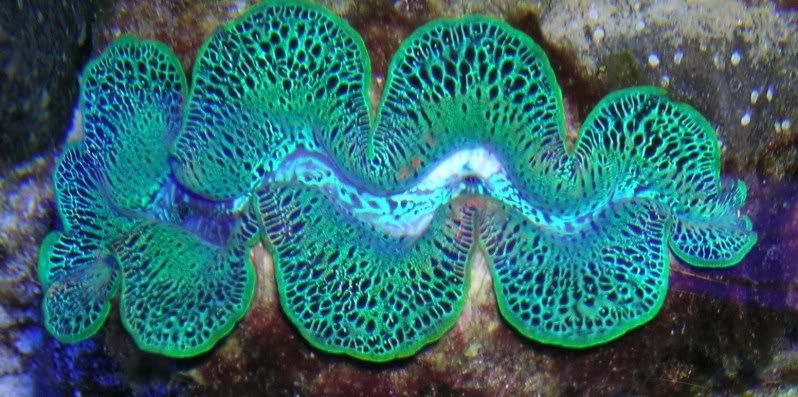
same clam from side with a visitor
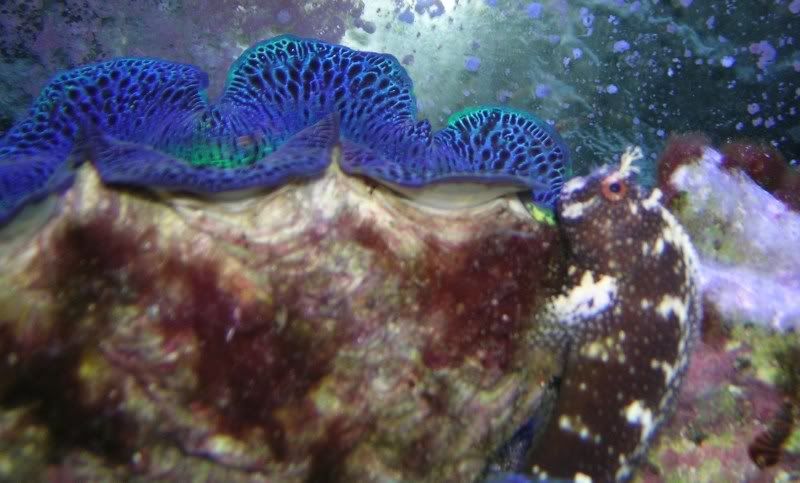
Nice looking clams. How big are they? and they are crocea right?
Sweet clams Paul - love the starry blenny too!!!
Are these new clams or just new pictures?
Great color! Is that the same clam that the abalone was cleaning?
which species is in the first picture?
Nice clam Paul.
Andrew thats a maxima clam.I love the top down shot of your clam Paul, great colors.
thanks, everyone. yes, that is the abalone cleaned one. i still have 2 of the big maxis from dr mac.
starries have great personalities!
[quote=“billrob71, post:6, topic:3505”]
Nice clam Paul.
Andrew thats a maxima clam.[/quote]
thanks for the ID; the clam has impressive color patterns.
Damn, I want a Clam!!! or two, 3, 4…
[quote=“billrob71, post:6, topic:3505”]
Nice clam Paul.
Andrew thats a maxima clam.[/quote]
OMG this from you ?!?!?!? GASP!
That is a Tridacna crocea clam! You can tell by the lack of scutes on the shell.
Best way to tell is if the byssus gland opening runs almost to the edge of the shell, its a maxima half way, its a crocea.
[quote=“TimH07, post:11, topic:3505”]
[quote=“billrob71, post:6, topic:3505”]
Nice clam Paul.
Andrew thats a maxima clam.[/quote]
OMG this from you ?!?!?!? GASP!
That is a Tridacna crocea clam! You can tell by the lack of scutes on the shell.
Best way to tell is if the byssus gland opening runs almost to the edge of the shell, its a maxima half way, its a crocea. [/quote]
well, the reality is that the clam is a maxima, as bought, sold, and id’d by dr mac himself. it’s attached, and i am not removing him to settle this issue, but to quote chris, our local expert, “maxima shell is more symmetrical (short front to back, high bottom to top). the shell can close completely and is relatively smooth, sometimes with scutes at the top edge of the shell.”
i think the scutes are blocked by my perpetual red algae. see them better here

i can see about 4 ridged scutes when i look from underneath.
Maxima and crocea clams are often mis-identified. both have scutes but maxima’s are very defined and large and cover most of the shell as the crocea’s are very small and the ones at the top have the most definition.
maxima

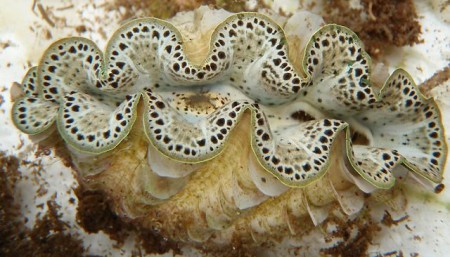
crocea
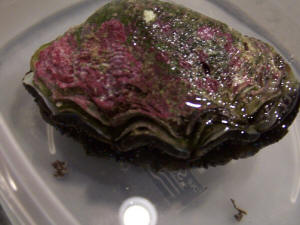
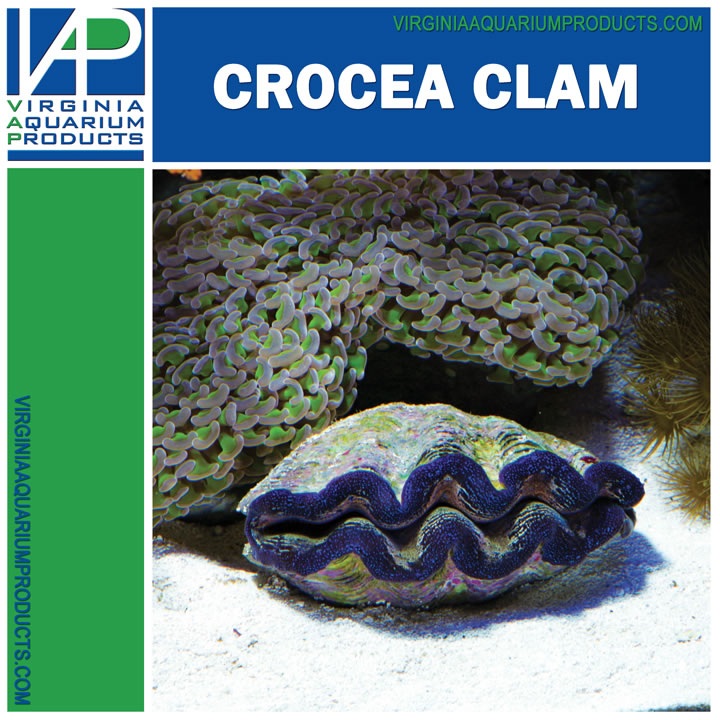
much less obvious but the scutes are there on croceas too… they are both Tridacna’s after all.
Dr. Mac is great at what he does, maybe too great? Maxima’s are the most expensive clams so why not “confuse” them for profit?
see here Maxima Clam, Tridacna Maxima, Elongate Giant Clam, Great Clam
Nice link Tim, very informative.
Alot of Info Tim
BUT that clam is still a maxima. ;D[quote=“billrob71, post:16, topic:3505”]
Alot of Info Tim
BUT that clam is still a maxima. ;D[/quote]
I respectfully disagree ![]()
“pronounced scutes in tight rows all the way down to the base of the shell” and the byssal opening is what defines it as a maxima.
i would suggest, again, chris’s site.
http://www.reef-geeks.com/forums/clam-geeks/130-how-identify-tridacnid-clams.html
i would also quote from knopp’s Giant Clam book “the shell of T. crocea is relatively smooth and hardly has any vertical folds…it also has the largest byssal opening compared to its length… T.maxima shell is asymmetrically shaped… characteristically dense rows of scales,” [and i, moliken, not knopp, find this particularly important] “t maxima also has rows of scales, but these are confined to the vicinity of the upper rim.” pgs 18-20.
and i fully agree with bill
Wow I will pick an argument with anybody about anything - except a clam argument with Bill and Paul. I’m willing to go out on a limb and say that with the exception of Chris there probably isn’t anyone more knowledgeable about clams within 100 miles of here.
Tim now is the time where it’s perfectly acceptable to realize you’re wrong and not post in the thread again - in 3 months when someone brings it up you can say “Oh that’s right - the thread got buried and I forgot about it”
;D ;D ;D ;D ;D ;D ;D
I think we need a better picture of clam in question. Here is what I got from the book The Reef Aquarium (C.Delbek and J.Sprung) volume one, page 368; T. crocea distinguishing characteristics: Normally smooth shell with closely place scutes restricted to the upper margin. Although both species have rows of scutes on the outside of the shell, those in T. maxima are more pronounced and cover the majority of the shell, while those of T. crocea are usually worn away and are generally restricted to the upper margin of the shell.
So, lets see a better picture!